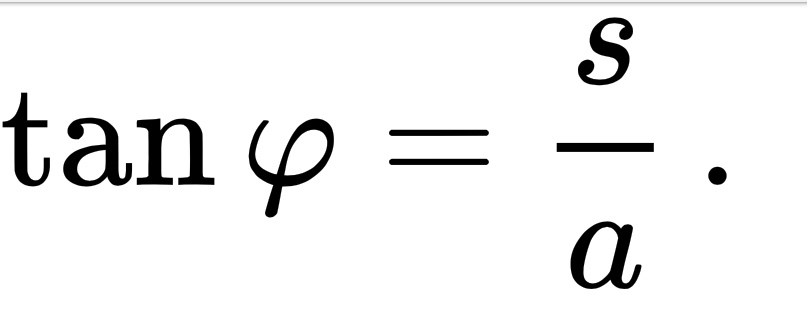Hello,
I am studying a number if equations relating to engineering and have no idea if this is the right forum I did look around a little bit and attempt to place it correctly. Please forgive me this is the wrong place.
What is the function of the dot in this equation? Just the name of its function would help.
Many thanks!

I am studying a number if equations relating to engineering and have no idea if this is the right forum I did look around a little bit and attempt to place it correctly. Please forgive me this is the wrong place.
What is the function of the dot in this equation? Just the name of its function would help.
Many thanks!

